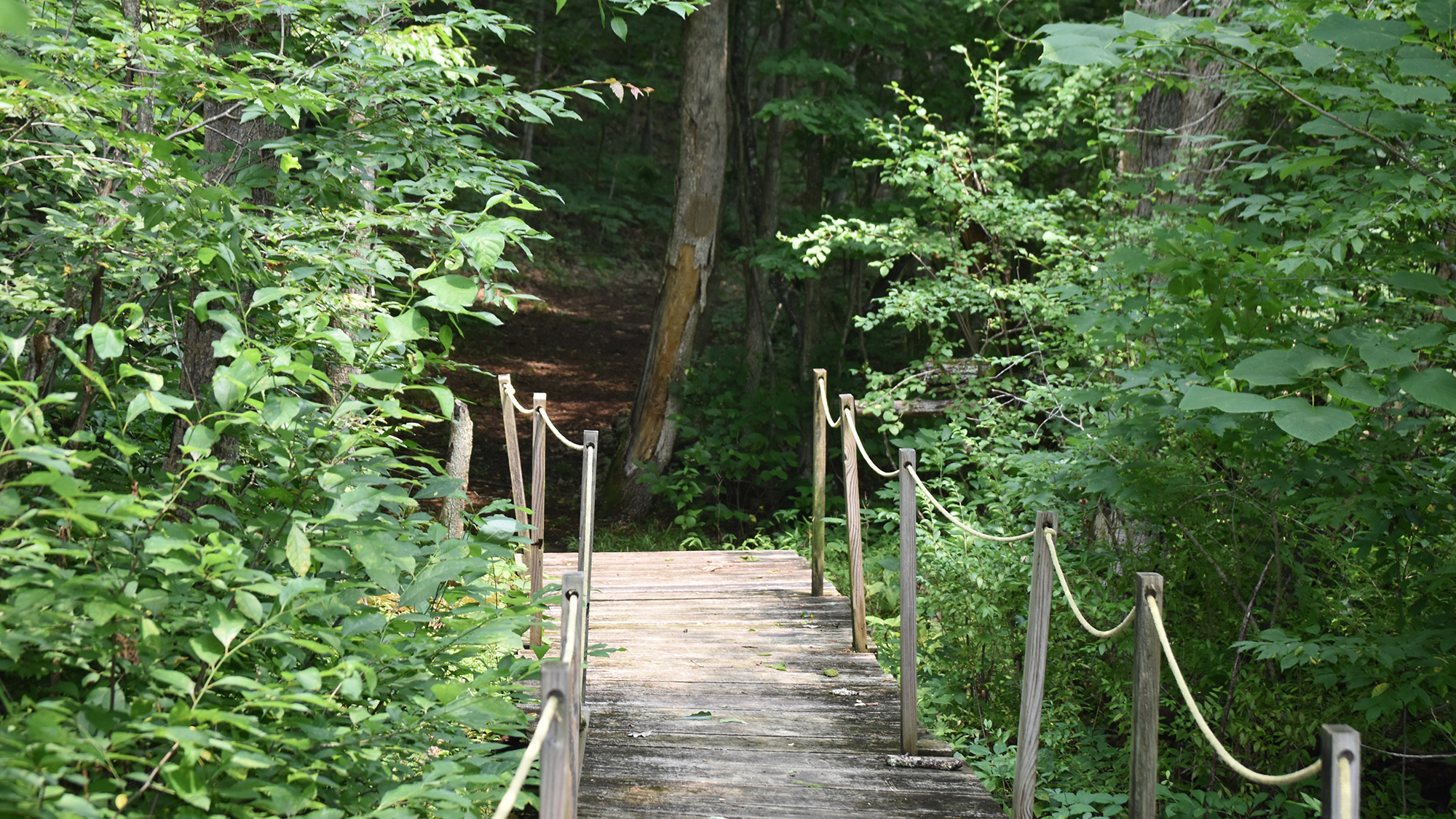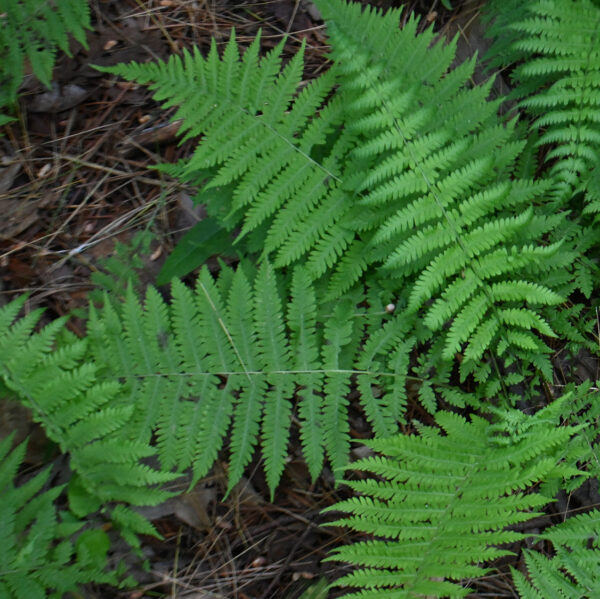
Introduction
In recent years, there has been a concerning rise in mental health issues, particularly among younger generations. According to a study by the NCBI (National Center for Biotechnology Information), “Millenials and Gen Z individuals have higher rates of MDD (major depressive disorder) and GAD (generalized anxiety disorder) compared to Gen X individuals and baby boomers.” The researchers concluded that “younger generational groups will be at higher risk for psychopathology” (Grelle, 2023). Recent research has highlighted this striking news, but what is causing it? Many theories point to the rise of technology and social media as well as broad societal and economic factors as potential drivers of this concerning trend (Donlevy, 2023). It is also commonly known that individuals who experience substance abuse issues often have underlying mental health issues, such as depression or anxiety, and use substances as a form of self-medication. A new study from the University of Plymouth is the first to find that being exposed to ‘green spaces’ can reduce cravings for alcohol, cigarettes, and unhealthy foods. Dr. Leanne Martin found that being able to see nature/greenery can decrease the strength and frequency of addiction cravings (Hoeg, 2019).
For my internship with Shaver’s Creek Environmental Center, I hosted an event for the students involved in the collegiate recovery community (CRC) here at Penn State. Not only did they learn about the history of Shaver’s Creek and environmental science, but they experienced noticeable positive effects from just a few hours immersed in nature. We took a hike around Lake Perez, and we stopped just to listen to the silence of the woods. All you could hear was the gentle breeze, the creaking of the trees, and the pleasant sounds of the birds. Sometimes, it’s hard to realize how much unnecessary stimuli you have around you constantly in the urban-dominated world we live in today. That brief moment of silence can be cleansing to the mind, and provide new perspectives to bring back to the urban world.
Japan’s “Forest Therapy” Programs and Policy Implementation
Japan has a history of mental health issues among its population and has historically had a high suicide rate. Since 2004, the country has invested $4 million into forest therapy research. The practice of “forest bathing” is a type of ecotherapy to address the country’s mental health issues. In Japanese culture, this type of therapy is known as “shinrin-yoku,” which translates to “taking in the forest atmosphere” (Phillips, 2023). Japan has taken a comprehensive, policy-driven approach to developing and enlarging forest therapy as a nature-based solution for improving public health and supporting sustainable economic development.
Forest therapy is being integrated into various sectors, such as tourism, community health programs, and the financial sector, as a sustainable investment opportunity. Japan is working to combine different elements to develop more scientific standards for forest therapy, including but not limited to exercise science, mindfulness practices, and energy conservation requirements. This approach aims to promote harmony between humans and nature, support public mental health, and facilitate economic recovery (Zhang, 2022). This method of considering forest therapy under the same umbrella of the general public’s well-being, rather than just for conservation efforts, creates somewhat of a “loophole” in terms of policy implementation. Forest therapy being included within economic recovery and tourism gives the government more incentive to protect forested land aside from conservation efforts.
Not only is there forest therapy, but there’s horticultural therapy, which is engaging in gardening and other plant-based activities. Not to mention animal-assisted therapy, such as equine-assisted therapy or pet therapy, which involves interacting with animals and can have a calming and uplifting effect on individuals. This forward-thinking from Japan is sparking an influence on other countries in proximity. For example, the number of operational therapeutic forests with forest healing programs in South Korea has been increasing, from 5 in 2015 to 32 by 2020. This indicates that South Korea has been developing its forest therapy initiatives, likely drawing inspiration and lessons from Japan’s early efforts in this area (Youn, 2024).
How likely is it for the United States to implement similar policies? The U.S. political and policy landscape is more decentralized compared to Japan, which may make nationwide forest therapy programs more challenging to coordinate and implement. While the U.S. could likely develop these forest therapy policies and programs given the growing global interest, the timeline and approach may differ from the comprehensive government-led model seen in Japan.
Conclusion
 As we have explored, the restorative power of nature holds immense potential for supporting the recovery process, both for mental health challenges and substance abuse issues. The evidence is clear — simply being exposed to natural environments can have a profound impact, reducing cravings, lowering stress and anxiety levels, and improving overall well-being. Countries like Japan have recognized the value of this approach and have taken bold steps to integrate nature-based therapies into their public health strategies. By embracing the practice of forest bathing, they are not only addressing mental health concerns but also promoting sustainable economic development and harmony between humans and the natural world. The path to healing may very well lie in the embrace of the great outdoors.
As we have explored, the restorative power of nature holds immense potential for supporting the recovery process, both for mental health challenges and substance abuse issues. The evidence is clear — simply being exposed to natural environments can have a profound impact, reducing cravings, lowering stress and anxiety levels, and improving overall well-being. Countries like Japan have recognized the value of this approach and have taken bold steps to integrate nature-based therapies into their public health strategies. By embracing the practice of forest bathing, they are not only addressing mental health concerns but also promoting sustainable economic development and harmony between humans and the natural world. The path to healing may very well lie in the embrace of the great outdoors.
References
Grelle, Kaitlin, et al. “The Generation Gap Revisited: Generational Differences in Mental Health, Maladaptive Coping Behaviors, and Pandemic-Related Concerns during the Initial COVID-19 Pandemic.” Journal of Adult Development, U.S. National Library of Medicine, 16 Feb. 2023, ncbi.nlm.nih.gov/pmc/articles/PMC9934502/.
Donlevy, Katherine. “People Born in the ‘90s Not Recovering from Mental Health Issues as They Age: Study.” New York Post, New York Post, 29 Nov. 2023, nypost.com/ 2023/11/29/lifestyle/each-generation-suffering-worse-mental-health-than-last-study/.
Hoeg, Natalie. “Exposure to Nature Helps with Addiction and Cravings.” Addiction Center, 21 Aug. 2019, addictioncenter.com/news/2019/08/exposure-nature-addiction-cravings/.
Phillips, Warren. “The Benefits of Nature Therapy in Addiction Recovery.” Lantana Recovery: Addiction Treatment Rehab Center, 22 May 2023, lantanarecovery.com/the-benefits-of-nature-therapy-in-addiction-recovery/.
Zhang, Shujian, et al. “The Effects of Forest Therapy on Public Mental Health and Circular Economy: A Policy Support Model in Japan.” Frontiers in Public Health, U.S. National Library of Medicine, 28 Oct. 2022, ncbi.nlm.nih.gov/pmc/articles/PMC9650485/.
